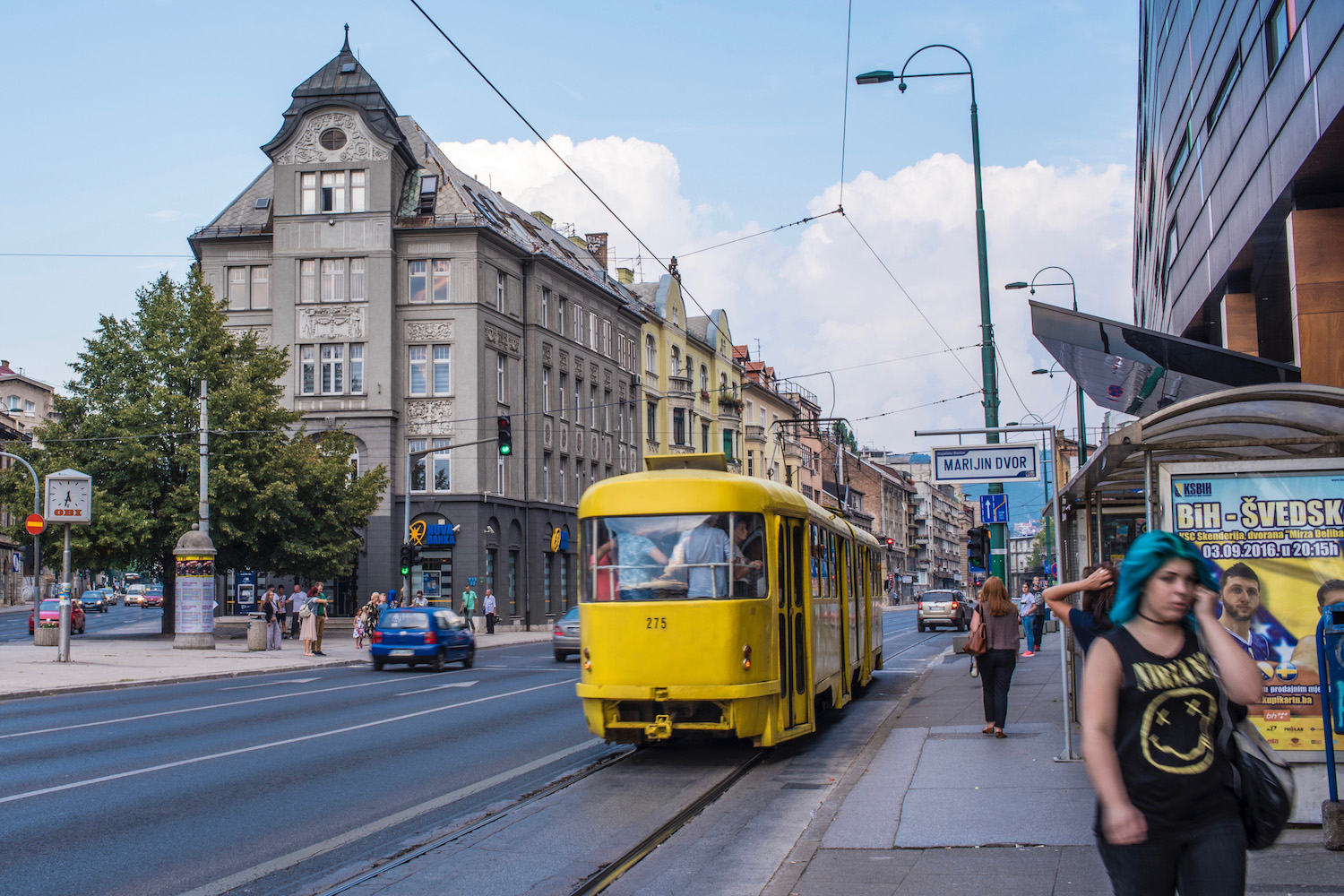When I first imagined myself spending a few weeks in the Balkans, I thought I would be able to see the entire region (more or less) during this time. The former Yugoslavia was smaller than most U.S. states, after all.
And the roads can’t actually be that bad, I remember thinking as I booked my ticket for 15 days.
Of course, my research quickly revealed to me that the roads in the Balkans are relatively bad, to say nothing of the slow bus speeds and limited bus schedules, particularly between secondary countries of the region. I was barely able to see four Balkan countries (Croatia, Bosnia, Montenegro and Serbia) during the full two weeks I spent there, so I recommend budgeting more time in the Balkans than you actually need.
With this disclaimer given, here’s a run-down of best practices for bus travel in the Balkans.







